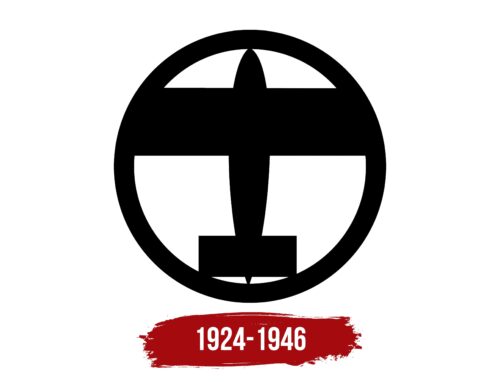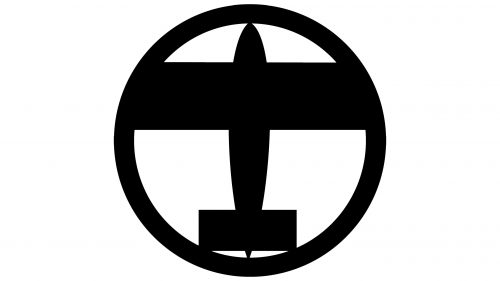Rogozarski: Brand overview
Rogozarski was founded in 1924 in Belgrade, Yugoslavia, by aircraft engineer Zivojin Rogozarski. Initially, the company began its journey as an aircraft repair shop.
By the late 1920s, Rogozarski began designing and building his own airplanes, including innovative monoplanes and biplanes.
In the 1930s, the company specialized in the production of military aircraft, including fighters, bombers, and scouts for the Royal Yugoslav Air Force. Among their designs were the PVT and SIM-XIV models.
However, the escalation of World War II led to a dramatic change in the company’s operations. During the Nazi invasion of Yugoslavia in 1941, Rogozarski’s facilities were destroyed during bombing raids.
After the war, in 1945, the company underwent significant changes. Rogozarski was nationalized and rebuilt, becoming part of Yugoslavia’s state-owned aviation industry. The main product line at this stage was the production of aircraft engines and components.
In 1946, Rogozarsky ended its existence as an independent company, becoming part of the newly formed SOKO aircraft company. This merger marked the end of Rogozarsky’s 22-year journey as an independent aircraft manufacturer.
In the 1930s, Rogozarsky experienced the zenith of its development: the company employed more than 600 people and produced hundreds of military aircraft. The company’s founder was recognized as a pioneer of Yugoslav aviation technology.
Despite its relatively short existence, Rogozarski made a significant contribution to the establishment of the Yugoslav aviation industry between the World Wars before it was incorporated as a state-owned enterprise.
Meaning and History
What is Rogozarski?
This Belgrade-based Yugoslav aircraft manufacturing company played a key role in developing the aviation industry in pre-war Yugoslavia. The company was known for its innovative designs, including creating the first Yugoslav fighter, the IK-3, on par with many foreign counterparts. The firm was recognized for its ability to produce a wide range of aircraft, from trainers to combat planes, which was unusual for a small aircraft manufacturer.
1924 – 1946
It is quite expected that an aircraft manufacturing company has an airplane in its logo. In Rogozarsky’s case, the plane looks rather gloomy, and not only because of its black color. Perhaps the design, popular in the 1920s and 1930s, contributes to this. The airplane consists of several simple geometric shapes: two rectangles acting as wings and a tail and a vertical oval with a pointed bottom. The emblem is enclosed in a circular ring.
The use of basic geometric shapes and a black color scheme gives the emblem a vintage and somewhat austere look. This reflects the historical context in which the company operated. The circular ring that encases the emblem adds an extra level of complexity and creates a sense of unity or completeness.





